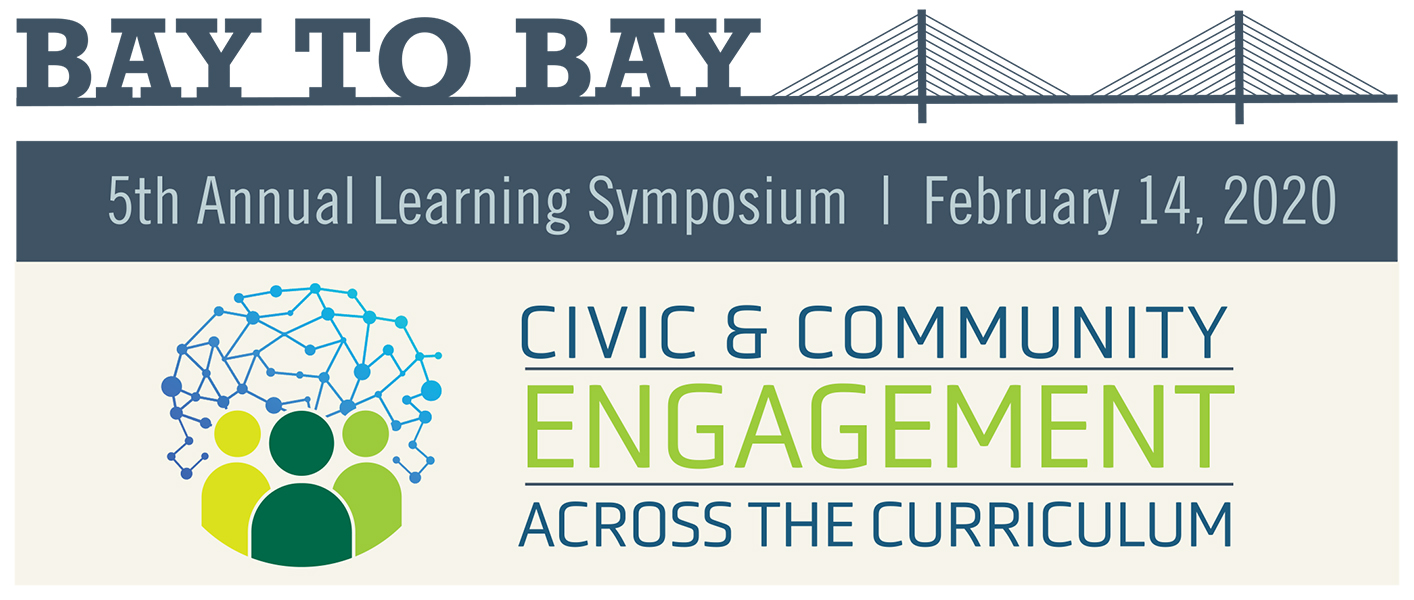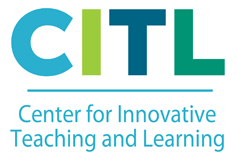Tale of Two Neighbourhoods: Biophysical and Socio-Economic Vulnerability to Climate Change in Pinellas County, Florida
Location
USC Ballrooms
Start Date
14-2-2020 3:00 PM
End Date
14-2-2020 4:00 PM
Abstract
The Initiative on Coastal Adaptation and Resilience (iCAR) engages stakeholders to facilitate adoption of coastal adaptation and resilience policies in the context of climate change and extreme weather events; iCAR also engages in research and education to support critical decision-making regarding our changing and vulnerable coasts. iCAR launched a community-based research project on coastal hazards, vulnerability and resiliency in Pinellas County in 2016. Defining vulnerability and identifying vulnerable areas and populations is critical to climate adaptation and resilience. Neighborhoods are not homogeneous in terms of their socioeconomic and physical vulnerability to flooding and other climate related impacts, resulting in diverse challenges for policy-makers and emergency managers. This community-based research project engaged neighborhood leaders, residents, political representatives, and city officials in conversations about climate change and resiliency in two diverse neighborhoods in Pinellas County. GIS, surveys and participant observation were used to gather data. Results show the need to effectively address preparedness, resilience and adaptation in the context of marginalization, vulnerability and neighborhood diversity. Further, results indicate that neighborhoods that are bio-physically vulnerable but not socioeconomically vulnerable are better prepared for adaptation and resilience, as opposed to the neighborhoods that are socioeconomically more vulnerable. Recommendations from surveys, interviews and informal conversations with the marginalized neighborhoods indicate a need for access to information and resources as well as effective communication specific to the neighborhood. We identify opportunities for inclusive disaster planning, climate adaptation plans and to increase resiliency through long-term interactions between residents, community leaders, and local officials.
Tale of Two Neighbourhoods: Biophysical and Socio-Economic Vulnerability to Climate Change in Pinellas County, Florida
USC Ballrooms
The Initiative on Coastal Adaptation and Resilience (iCAR) engages stakeholders to facilitate adoption of coastal adaptation and resilience policies in the context of climate change and extreme weather events; iCAR also engages in research and education to support critical decision-making regarding our changing and vulnerable coasts. iCAR launched a community-based research project on coastal hazards, vulnerability and resiliency in Pinellas County in 2016. Defining vulnerability and identifying vulnerable areas and populations is critical to climate adaptation and resilience. Neighborhoods are not homogeneous in terms of their socioeconomic and physical vulnerability to flooding and other climate related impacts, resulting in diverse challenges for policy-makers and emergency managers. This community-based research project engaged neighborhood leaders, residents, political representatives, and city officials in conversations about climate change and resiliency in two diverse neighborhoods in Pinellas County. GIS, surveys and participant observation were used to gather data. Results show the need to effectively address preparedness, resilience and adaptation in the context of marginalization, vulnerability and neighborhood diversity. Further, results indicate that neighborhoods that are bio-physically vulnerable but not socioeconomically vulnerable are better prepared for adaptation and resilience, as opposed to the neighborhoods that are socioeconomically more vulnerable. Recommendations from surveys, interviews and informal conversations with the marginalized neighborhoods indicate a need for access to information and resources as well as effective communication specific to the neighborhood. We identify opportunities for inclusive disaster planning, climate adaptation plans and to increase resiliency through long-term interactions between residents, community leaders, and local officials.





